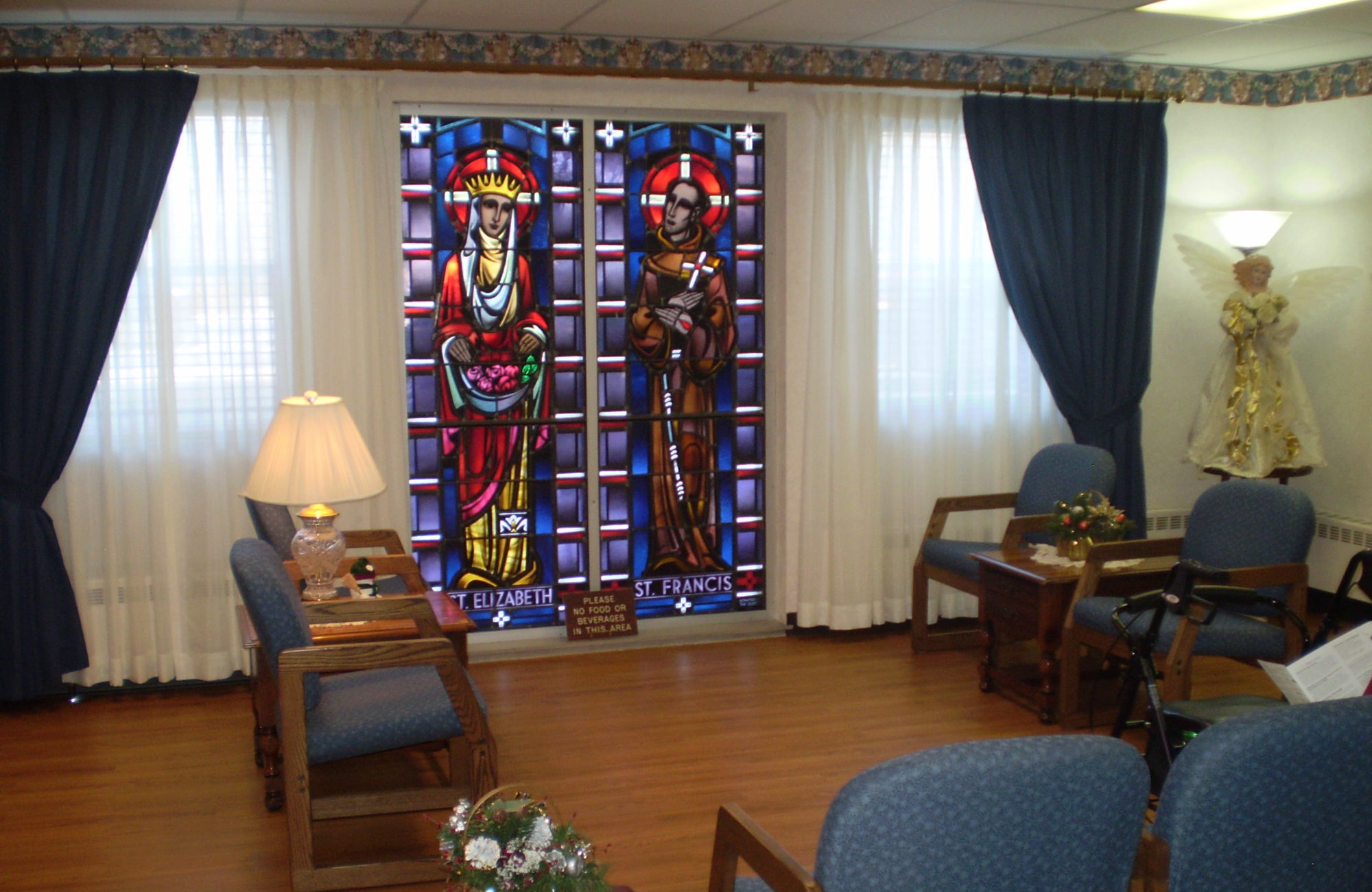One evening, a few years ago, a conversation was heard that still makes us chuckle.
A couple of residents were lined up, waiting for their evening medications. One of the ladies was talking to the other, who kept asking: “Huh?” or “What?” Finally, the former, asked (or, rather, shouted) in exasperation: “Do you have trouble with your hearing?”
Here at St. Anne’s, when you think about it, a number of our residents have at least a little hearing trouble. They are not alone. Actually, over 36 million Americans suffer with some hearing loss, according to howsyourhearing.org, making it the third most common health problem in the country.
In honor of October’s National “Audiology Awareness Month” & “Protect Your Hearing Month,” one of our readers suggested we post an article on this important topic.
The above-mentioned site offers five common sources of hearing loss: exposure to excessive loud noise; ear infections, trauma, or ear disease; harm of the inner ear and ear drum from contact with a foreign object (cotton swabs, fingers, bugs); illness or certain medications; and deteriorating hearing due to the normal aging process.
 With these in mind, one can still take precautions to protect one’s hearing. Some suggestions include wearing protective devices (such as ear plugs or muffs) when around loud sounds, keeping the volume down on one’s radio, TV, or other AV equipment, and never putting anything (such as a cue tip) in one’s ear. (Maybe the loud accordion music at our monthly dances is perilous.)
With these in mind, one can still take precautions to protect one’s hearing. Some suggestions include wearing protective devices (such as ear plugs or muffs) when around loud sounds, keeping the volume down on one’s radio, TV, or other AV equipment, and never putting anything (such as a cue tip) in one’s ear. (Maybe the loud accordion music at our monthly dances is perilous.)
This site also suggests some warning signs of hearing loss. These include: difficulty hearing people talk in noisy environments; others have to repeat themselves; people seeming to “mumble” all the time; and ringing, buzzing, or hissing sounds in the ears.
Another source of information on this topic is hearingloss.org.


Reblogged this on The St. Anne's Scoop.
Micro earphones that accompany Bluetooth devices for cell phones or CD players are a serious concern to hearing loss. I have stood near a person and heard the music or conversation blasting loudly enough from their earphones that I could join in.
When I brought my mom to live with me, she was 85 and suffered from hearing loss and dementia. She had lost her hearing as a child due to chicken pox or measles. She referred to her “good ear” or her “bad ear”. As she aged, she could no longer hear the door bell or the telephone ring. I took her to an eye, ear, nose and throat specialist who cleaned her ears out and recommended a hearing aid. When she was tested and fitted for the hearing aid, she was amazed by the sound of water in a fountain or birds chirping or singing.
I still speak loudly today, due to many years of having to speak with her before the hearing aid. What a joy it is to hear everyday sounds – something we often take for granted. Hearing aids today are quite small and fit comfortably. The real trick is not to mess with them by turning the volume up and down or by taking them in and out. They will make a difference in how you see the world and how other people will see you.